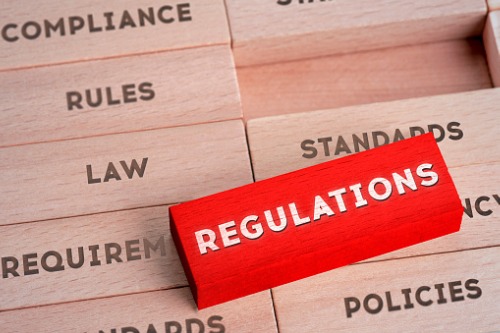

By
Regulators are close to moving the needle on lending rules as dwelling prices continue to surge on the back of stronger consumer confidence, according to the latest Housing Pulse report from Westpac.
While the macroprudential policy is likely to stay on hold this year, the report said the unexpected growth in house prices could potentially kickstart a tightening in lending conditions.
"With prices surging more strongly than expected a move to tighten conditions now looks set to come through a bit earlier than we previously thought, most likely in the first half of 2022," the report said.
"We are starting to see the first rumblings of a shift in prudential policy. Most notably, the Reserve Bank of Australia has shifted its rhetoric on housing in its monetary policy decision statement," the report said, adding that the central bank is now on a "watching closely" mode.
However, the report said the transition of regulators from watching to acting is likely to be gradual for several reasons. Westpac said regulators will need to consider the impacts of their move on the ongoing recovery of the Australian economy from the COVID-19 pandemic.
The report said while the economy has sustained a strong rebound to date, much of this strategy rests on maintaining current strong confidence, particularly in the consumer space.
"Prudential measures deployed too early could clearly rattle that confidence," it said.
Another major factor that would make the transition gradual is the current level of aggregate risk. The report said key metrics are still not hitting levels that would be overly concerning for regulators.
For instance, while the aggregate household debt-to-income ratio has now been rising, estimates show that this metric is still a touch below pre-COVID levels.
The pace of housing credit growth, while also on an uptrend, remains below the 7% annualised pace that was a key threshold based on previous tightening.
"The more detailed lending data is showing few signs of an increase in riskier activity to date. What is available shows only a slight lift in the share of ‘high LVR’ loans and little change in the share of ‘non-standard’ loans – both well below previous peaks," the report said.
Furthermore, regulators are now expecting lenders to self-regulate.
"The measures deployed in 2015 to 2017 included a range of ‘micro-prudential’ changes that have improved the consistency and discipline lenders use in making borrowing capacity and serviceability assessments. They are still in place and regulators are clearly keen for lenders to maintain these high standards," the report said.
